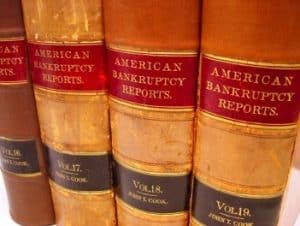
There is no requirement to have assets when you file bankruptcy so you can certainly file bankruptcy without assets. In a “No Asset” Chapter 7 bankruptcy case, the debtor doesn’t own any assets or property that the creditors can take therefore they have a bankruptcy without assets. The debtor possesses nothing that can be sold on behalf of the creditors to help repay the debt they are owed. Many if not most Chapter 7 bankruptcy cases are no asset cases and they are usually very straightforward.
A no asset bankruptcy usually means that the debtor won’t lose any property. When you are filing for this type of bankruptcy they are filtered into two categories. The first is that of secured or priority debts, and the second is unsecured debts or non-priority. Priority debts are not subjected to be discharged. Once you file for a Chapter 7 bankruptcy then all of your assets become property of the bankruptcy and a trustee will be assigned to you to distribute these assets. This doesn’t mean that all of your property will be sold however, because each state has different requirements that you need to meet. If you exempt all of your property though, then they cannot sell it back to creditors. If it is filed as a no asset report then your creditors are not going to receive anything through your Chapter 7 bankruptcy. Like stated above, how many assets you can protect will depend on which state you are living in. But if a bankruptcy trustee determines that all the property is exempt then he or she will generally declare it a no asset bankruptcy. This principle that lies behind exemptions is that you will need a certain amount of property to be able to sustain yourself and get a brand new start with your bankruptcy.
You will want to contact a knowledgeable bankruptcy attorney to help you navigate your bankruptcy with or without assets. In Utah contact us at the Law Office of Douglas Barrett, LLC today and set up a free bankruptcy consultation so we can get you on track to a fresh financial beginning.